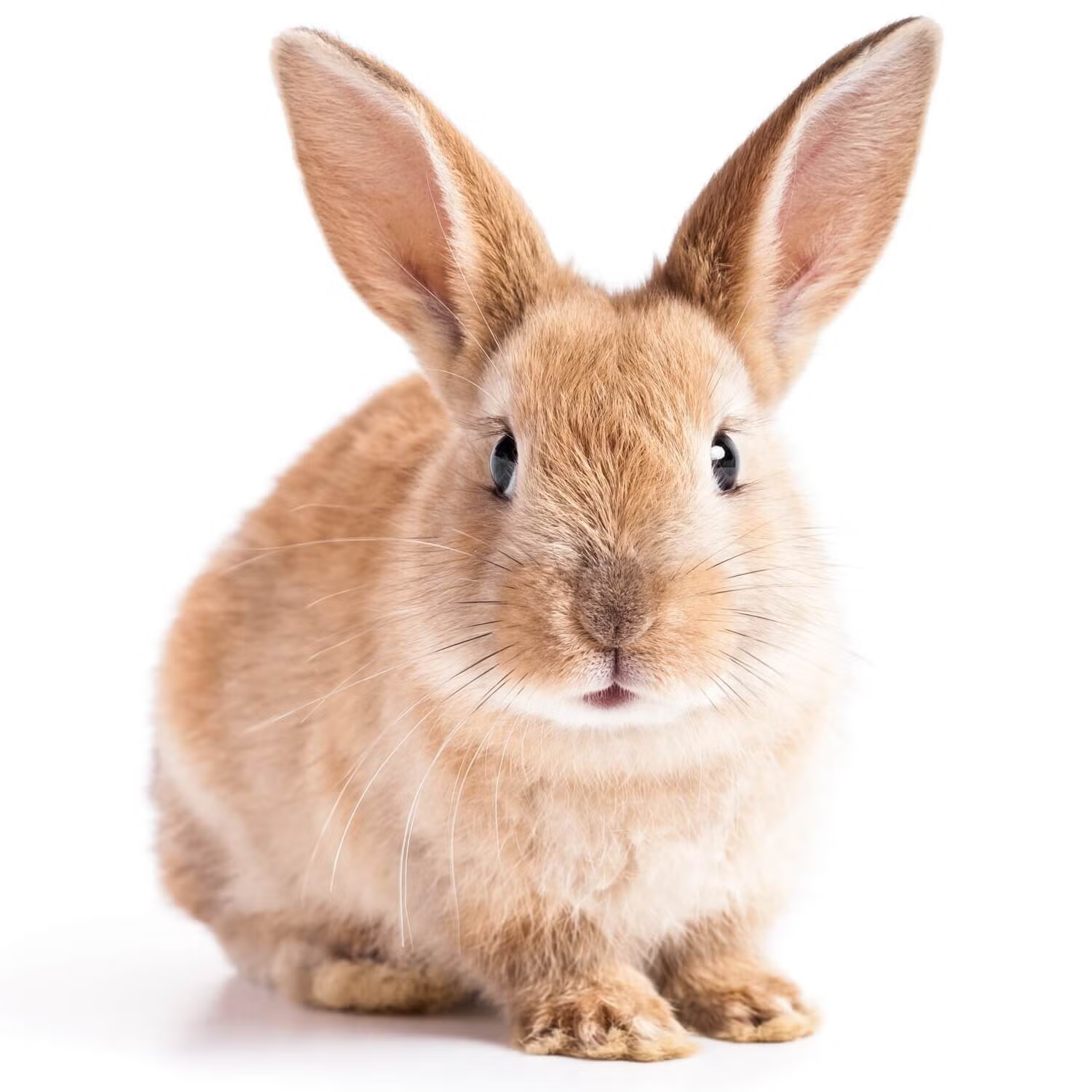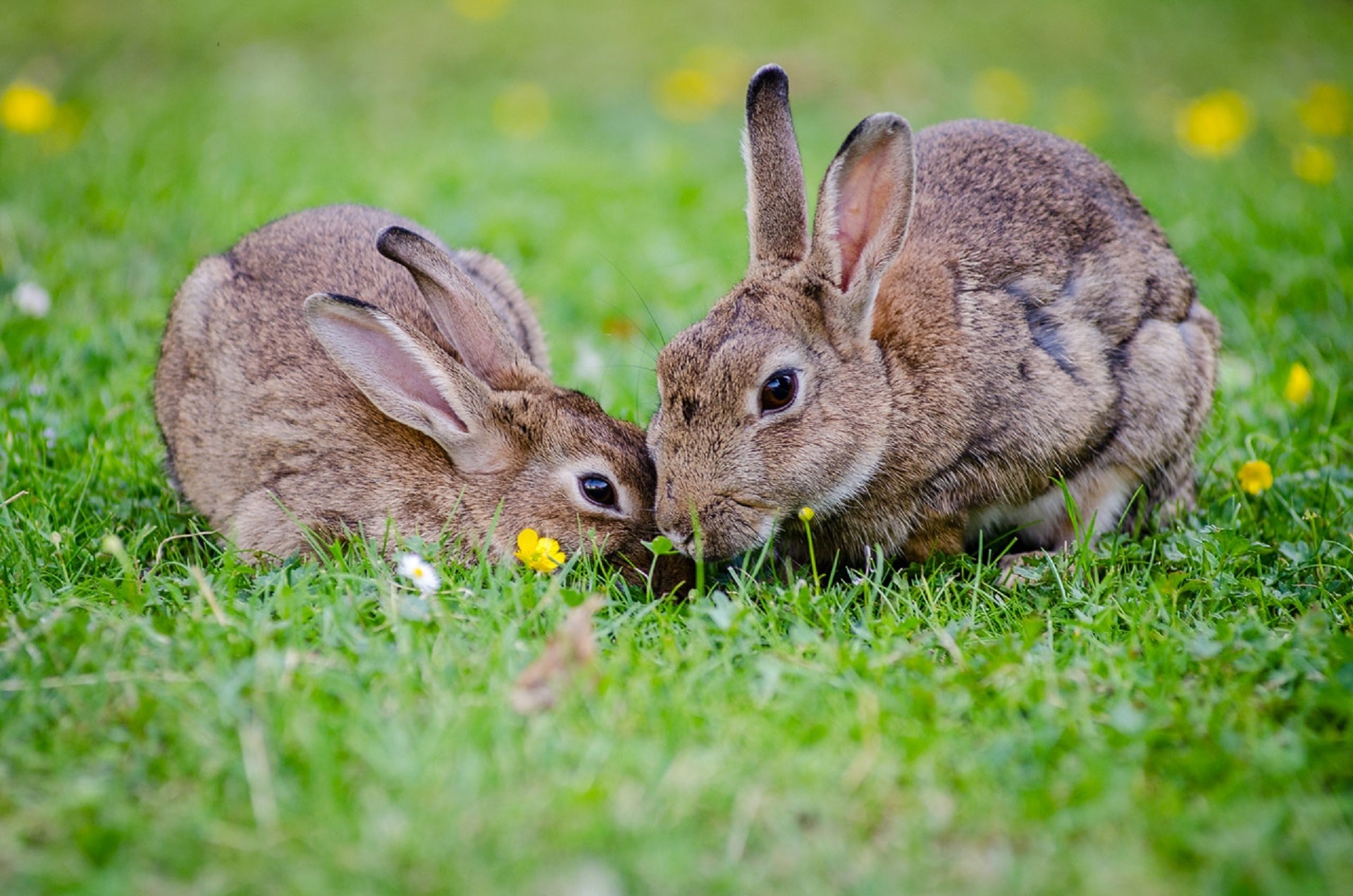The Secret Life of Rabbits: Cuteness, Cleverness, and Hidden Complexity

Introduction
Rabbits are often perceived as soft, gentle creatures that hop innocently through gardens or live peacefully in cages nibbling on carrots. But behind those twitching noses and floppy ears lies a world of complexity, intelligence, and yes—clever mischief. While rabbits are commonly associated with simplicity, especially in pop culture, the reality is that they possess social intelligence, survival instincts, and unique personalities that make them far more than just adorable pets.
A Brief History of Rabbit Domestication
Rabbits were first domesticated by monks in the south of France around 600 AD. Originally raised for meat, the rabbit’s tame nature and rapid reproductive abilities made it an ideal animal for early domestication. Over centuries, selective breeding resulted in a wide variety of domestic rabbit breeds with diverse coat colors, sizes, and temperaments. Today, rabbits are not only farm animals but also beloved household pets around the globe.
Rabbit Intelligence: More Than Meets the Eye

People often underestimate rabbits when it comes to intelligence, especially when comparing them to more interactive pets like dogs or cats. However, scientific studies and anecdotal evidence from rabbit owners suggest otherwise. Rabbits are capable of learning their names, following simple commands, solving food puzzles, and even expressing opinions through body language.
Some rabbits can be litter-trained in much the same way as cats. They also recognize human voices, associate words with actions, and develop preferences for certain people. Many rabbit owners report that their rabbits know when it’s feeding time, and some have been trained to perform tricks, such as jumping through hoops or ringing a bell for treats.
Communication: More Than Just Silence
Although rabbits are mostly silent creatures, their communication style is nuanced and subtle. A rabbit thumping its hind legs is not being playful; it’s sending a warning signal. Ears that rotate like satellite dishes are scanning for sounds and signals. When a rabbit lays flat with ears back, it could be feeling fearful or submissive. Conversely, when it does a sudden mid-air twist (known as a “binky”), it’s expressing pure joy.
Body posture, ear position, eye movement, and even teeth grinding all contribute to a rich, nonverbal communication language. Understanding this language helps owners bond more closely with their rabbits and allows them to better address their pet’s emotional needs.

The Mischievous Side of Rabbits
Cleverness in rabbits often reveals itself through mischief. Rabbits are naturally curious and love to explore. Their strong, ever-growing teeth also mean they have a natural urge to chew. Wires, furniture legs, and shoes are often prime targets. But this behavior isn’t merely destructive; it’s a sign of mental engagement. Bored rabbits will find ways to entertain themselves, often in ways their owners don’t appreciate.
Some rabbits are smart enough to figure out how to open cage doors, knock over containers, or dig under fences. They might pretend to nap, only to spring into action the moment your back is turned. Many rabbit owners swear their bunnies know exactly when to misbehave—like when you’re in the middle of a Zoom call.
Social Dynamics and Hierarchies
In the wild, rabbits live in social groups with complex hierarchies. These dynamics also carry over into domesticated settings. Rabbits recognize individual members of their social circle and will often establish dominance or form close bonds. Bonded pairs will groom each other, share food, and even mourn the loss of a partner.
Introducing two rabbits to each other requires a careful bonding process. It can take days or weeks for rabbits to accept a new companion, and if not done correctly, it can lead to serious fights. This speaks to the complex emotional lives that rabbits lead. They are not loners and often require companionship to thrive.

Environmental Enrichment and Mental Stimulation
To keep a rabbit happy, it’s essential to offer mental stimulation and environmental enrichment. This includes tunnels, toys, chewable objects, and space to run and explore. Bored rabbits can develop behavioral problems, such as aggression, over-grooming, or withdrawal.
Puzzle feeders and obstacle courses can engage a rabbit’s brain in a healthy way. Even something as simple as a cardboard box or a paper towel roll stuffed with hay can provide hours of entertainment. Regular playtime and interaction with their human caregivers are also crucial.
Health and Longevity
Contrary to popular belief, rabbits are not short-lived animals. With proper care, they can live 8 to 12 years or longer. Key aspects of rabbit care include a balanced diet (primarily hay, with fresh vegetables and limited pellets), regular veterinary checkups, and ample exercise. Dental health is particularly important, as rabbit teeth grow continuously and can cause severe problems if not properly managed.
Spaying and neutering not only help control the rabbit population but also prevent certain health issues and reduce aggressive behavior. Many diseases common in rabbits are preventable with proper hygiene, diet, and care.

The Emotional Lives of Rabbits
Rabbits experience a wide range of emotions. They can show happiness, fear, boredom, affection, jealousy, and even grief. When treated well, they form strong bonds with their owners and other rabbits. A happy rabbit may follow you around the house, jump on your lap, or give gentle nudges. A grieving rabbit, on the other hand, may stop eating or withdraw entirely.
Because of their emotional sensitivity, rabbits are not ideal for very young children, who may unintentionally stress or mishandle them. However, for attentive and patient individuals or families, rabbits can be incredibly rewarding companions.
The Growing Popularity of House Rabbits
In recent years, there’s been a surge in the popularity of house rabbits. Many people are choosing to let their rabbits roam freely indoors, just like a cat or dog. With litter box training and the right setup, rabbits can live comfortably and happily in a home environment.
Rabbit rescues and advocacy organizations are also working hard to dispel myths about rabbits being low-maintenance pets. In truth, they require daily care, social interaction, and a safe, enriched environment. But in return, they offer companionship, affection, and endless entertainment.

Conclusion: The Clever Companion
Rabbits are more than just fluffy ears and twitching noses. They are intelligent, emotional, and often surprisingly cunning animals with complex needs and vibrant personalities. Whether they’re outwitting your attempts at rabbit-proofing, binkying across the living room, or quietly grooming their bonded partner, rabbits demonstrate time and again that they are anything but simple.
So the next time you look into the big, expressive eyes of a rabbit, remember: behind that cute face is a mind that’s watching, learning, and maybe even planning its next clever move.
